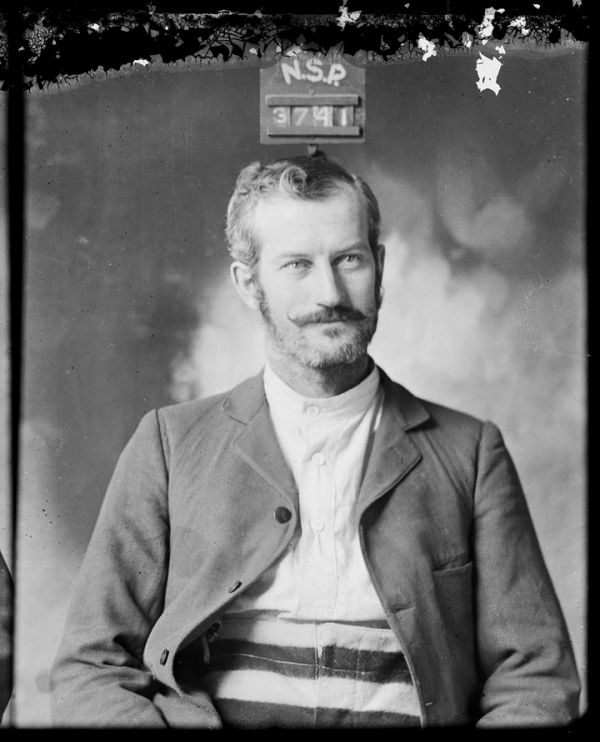by Alex Henderson
To hear the lunatic fringe ideologues of Fox News and AM talk radio tell it, life in
Europe is hell on Earth. Taxes are high, sexual promiscuity prevails,
universal healthcare doesn’t work, and millions of people don’t even
speak English as their primary language! Those who run around screaming
about “American exceptionalism” often condemn countries like France,
Norway and Switzerland to justify their jingoism. Sadly, the U.S.’
economic deterioration means that many Americans simply cannot afford a
trip abroad to see how those countries function for themselves. And
often, lack of foreign travel means accepting clichés about the rest of
the world over the reality. And that lack of worldliness clouds many
Americans’ views on everything from economics to sex to religion.
Here are nine things Americans can learn from the rest of the world.
1. Universal Healthcare Is Great for Free Enterprise and Great for Small Businesses
The modern-day Republican Party would have us believe that
those who promote universal healthcare are anti-free enterprise or
hostile to small businesses. But truth be told, universal healthcare is
great for entrepreneurs, small businesses and the self-employed in
France, Germany and other developed countries where healthcare is
considered a right. The U.S.’ troubled healthcare system has a long
history of punishing entrepreneurs with
sky-high premiums when
they start their own businesses. Prior to the Affordable Care Act of
2010, a.k.a. Obamacare, many small business owners couldn’t even obtain
individual health insurance plans if they had a preexisting condition
such as heart disease or diabetes—and even with the ACA’s reforms, the
high cost of health insurance is still daunting to small business
owners. But many Americans fail to realize that healthcare reform is not
only a humanitarian issue, it is also vitally important to small
businesses and the self-employed.
In 2009, the Center for Economic and Policy Research
published a study on small businesses around the world and found that
“by every measure of small-business employment, the United States has
among the world’s
smallest small-business sectors.”
People in the Netherlands, France, Germany, Sweden, Finland, Belgium
and other European countries are more likely to be self-employed—and the
study concluded that universal healthcare is a key factor. According to
CEPR’s study, “High healthcare costs
discourage small business formation since start-ups in other countries can tap into government-funded healthcare systems.”
2. Comprehensive Sex Education Decreases Sexual Problems
For decades, social conservatives in the U.S. have insisted
that comprehensive sex education promotes unplanned pregnancies and
sexually transmitted diseases. But in fact, comprehensive sex education
(as opposed to the abstinence-only programs that are common in the
American Bible Belt) decreases sexual problems, and the data bears that
out in no uncertain terms. Public schools in the Netherlands have
aggressive sex education programs that America’s Christian Right would
despise. Yet in 2009, the Netherlands had (according to the United
Nations) a teen birth rate of only 5.3 per 1,000 compared to 39.1 per
1,000 in the U.S. That same year, the U.S. had three times as many
adults living with HIV or AIDS as the Netherlands.
Switzerland, France, Germany and many other European
countries also have intensive sex-ed programs and much lower teen
pregnancy rates than the U.S. Still, far-right politicians in the U.S.
can’t get it through their heads that inadequate sex education and
insufficient sexual knowledge actually
promote teenage pregnancies and sexually transmitted diseases instead of decreasing them.
3. American Exceptionalism Is Absolute Nonsense in 2015
No matter how severe the U.S.’ decline becomes, neocons and
the Tea Party continue to espouse their belief in “American
exceptionalism.” But in many respects, the U.S. of 2015 is far from
exceptional. The U.S. is not exceptional when it comes to civil
liberties (no country in the world incarcerates, per capita, more of its
people than the U.S.) or
healthcare (WHO
ranks the U.S. #37 in
terms of healthcare). Nor is the U.S. a leader in terms of life
expectancy: according to the WHO, overall life expectancy in the U.S. in
2013 was 79 compared to 83 in Switzerland and Japan, 82 in Spain,
France, Italy, Sweden and Canada and 81 in the Netherlands, Germany,
Norway, Austria and Finland.
4. Adequate Mass Transit Is a Huge Convenience
When it comes to mass transit, Europe and Japan are way
ahead of the U.S.; in only a handful of American cities is it easy to
function without a car. New York City, Chicago, Boston, Philadelphia and
Washington, DC are among the U.S.’ more mass transit-oriented cities,
but overall, the U.S. remains a
car culture—and
public transportation is painfully limited in a long list of U.S.
cities. Many Americans fail to realize that mass transit has numerous
advantages, including less air pollution, less congestion, fewer DUIs
and all the aerobic exercise that goes with living in a
pedestrian-friendly environment.
5. The Bible Was Not Written by Billionaire Hedge Fund Managers
Christianity in its various forms can be found all over the
developed world. But the U.S., more than anywhere, is where one finds a
far-right version of white Protestant fundamentalism that idolizes the
ultra-rich, demonizes the poor and equates extreme wealth with morality
and poverty with moral failings. The problem with
hating the
poor in the name of Christianity is that the Bible is full of quotes
that are much more in line with Franklin Delano Roosevelt than Ayn
Rand—like “It is easier for a camel to go through the eye of a needle
than for a rich man to enter into the kingdom of God” (Mark 10:25) and
“The love of money is the root of all evil” (1 Timothy 6:10).
6. Learning a Second or Third Language Is a Plus, Not a Character Flaw
In the Netherlands or the Scandinavian countries, becoming
proficient in two or three foreign languages is viewed as a sign of
intellect and sophistication. But
xenophobia runs
so deep among many neocons, Republicans and Tea Party wingnuts that any
use of a language other than English terrifies them. Barack Obama,
during his 2008 campaign, was bombarded with hateful responses from
Republicans when he recommended that Americans study foreign languages
from an early age. And in the 2012 GOP presidential primary, Newt
Gingrich’s campaign ran an ad in South Carolina attacking Mitt Romney
for being
proficient in French.
In February, an eighth-grade girl who was studying Latin in
Vermont received equally clueless responses when she wrote to a state
senator suggesting that Vermont adopt a Latin motto in addition to its
English-language motto (not as a replacement). The wingnuts went
ballistic, posting on the Facebook page of a local television station
that if the girl wanted to speak Latin, she should move to Latin
America.
7. Union Membership Benefits the Economy
In 2014, a Gallup poll found that 53% of Americans
approved of labor unions while
71% favored anti-union “right to work” laws. Union membership is way
down in the U.S.: only 6.6% of private-sector workers, according to the
Bureau of Labor Statistics, belonged to unions in 2014 compared to
roughly 35% in the mid-1950s. The U.S.’ overall unionization rate
(factoring in both public-sector and private-sector workers) is 11.1%,
which is quite a contrast to parts of
Europe, where
overall union rates range from 74% in Finland and 70% in Sweden to 35%
in Italy, 19% in Spain and 18% in Germany. That is not to say
unionization has not been decreasing in Europe, but overall, one finds a
more pro-labor, pro-working class outlook in Europe. The fact that 47%
of Americans, in that Gallup poll, consider themselves anti-union is
troubling. Too many Americans naively believe that the 1% have their
best interests at heart, and they fail to realize that when unions are
strong and their members earn decent wages, that money goes back into
the economy.
8. Paid Maternity Leave Is the Norm in Most Developed Countries
The U.S. continues to lag behind the rest of the developed
world when it comes to maternity leave. Paid maternity leave is strictly
voluntary in the U.S., where, according to the organization Moms
Rising,
51% of new mothers have no paid maternity leave at all. But
government-mandated maternity
leave is the norm in other developed countries, including the
Netherlands (112 days at 100% pay), Italy (140 days at 80% pay),
Switzerland (98 days at 80% pay) and Germany (98 days at 100% pay).
9. Distrust of Oligarchy Is a Positive
In February, the Emnid Polling Institute in Germany
released the results of a poll that addressed economic and political
conditions in that country: over 60% of the Germans surveyed believed
that large corporations had
too much influence on
elections. ThE survey demonstrated that most Germans have a healthy
distrust of crony capitalists and oligarchs who take much more than they
give. Meanwhile, in the U.S., various polls show a growing distrust of
oligarchy on the part of many Americans but with less vehemence than in
the German Emnid poll. A 2012 poll by the Greenberg Quinlan Rosner
Research showed that while 62% of American voters
opposed the
U.S. Supreme Court’s disastrous Citizens United decision, only 46%
strongly opposed it. And in a 2012 poll by the Corporate Reform
Coalition, most Americans agreed that there was too much corporate money
in U.S. politics—although
only 51% strongly agreed.














